What are the key trends in silverware design for luxury hospitality?
Choosing flatware for a luxury hotel is high-stakes. The wrong choice feels cheap and undermines your brand. This decision impacts every guest's perception of quality.
Key trends for luxury hospitality flatware are tactile experience (weight and finish), aesthetic duality (minimalism vs. maximalism), customization (branding), and intelligent design that combines beauty with extreme durability (PVD coatings, heavy gauge steel) for intense commercial use.
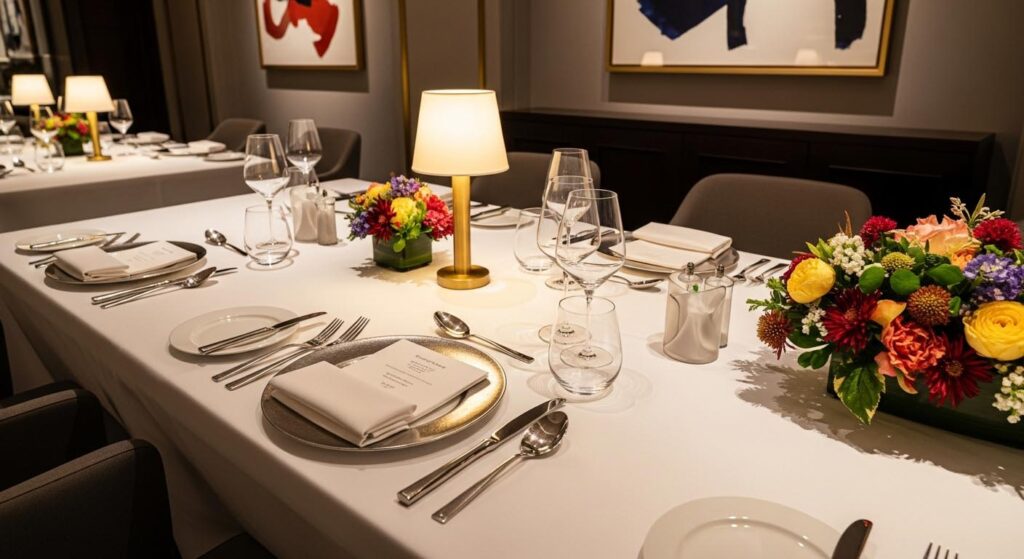
Supplying the luxury hospitality sector is a different world entirely from retail. A hotel or a Michelin-starred restaurant isn't just buying flatware; they are purchasing a critical component of their guest experience. It must be beautiful, unique, and able to withstand an operational intensity that would destroy consumer-grade products in weeks. Based on the demands from my top-tier clients, these are the key trends. But before we get into the future, we need to understand the fundamental requirements that all professional flatware must meet. These basics are the foundation of luxury design.
What kind of flatware do restaurants use?
Outfitting your restaurant is tough. You want style, but you can't afford flatware that bends or stains after a few months. The choices are overwhelming and risky.
Restaurants use commercial-grade flatware made from durable stainless steel, typically 18/10 or 18/8. The design depends on the establishment, ranging from classic, heavy patterns for fine dining to modern, minimalist styles for contemporary bistros. Durability is always the top priority.
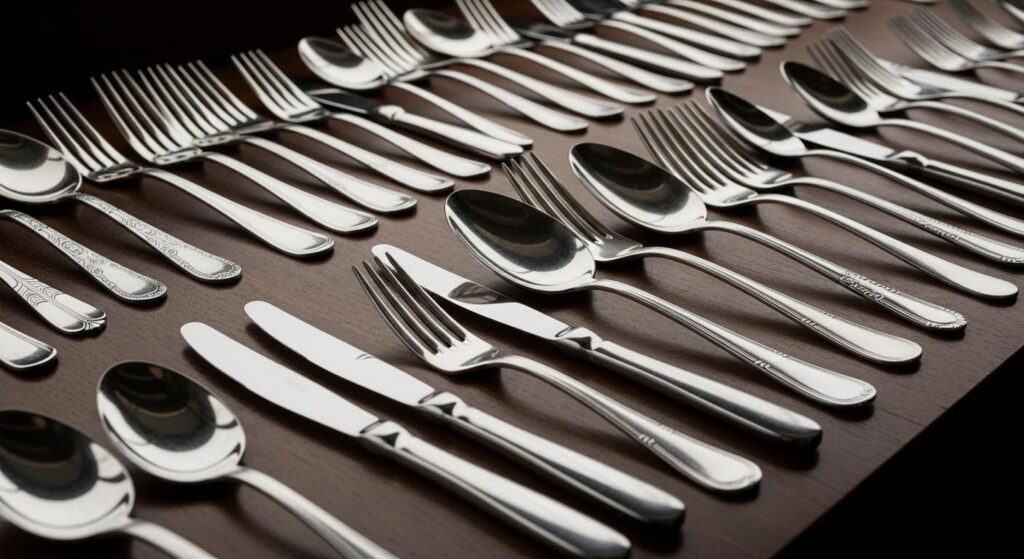
The first thing I discuss with a new restaurant client is that flatware choice is part of their brand identity. The product must be tough enough for the back-of-house reality, but the design must match the front-of-house story. We are seeing a split in aesthetics.
- Curated Maximalism: A classic, white-tablecloth restaurant might choose a heavy, ornate pattern. Think of traditional designs with intricate details on the handle. This conveys a sense of history and formal luxury. The weight and decoration of the piece are paramount.
- Hyper-Minimalism: A modern, farm-to-table bistro will lean towards sleek, minimalist designs. They might have a simple shape with no decoration at all, but with a unique finish, like a brushed matte black or bronze PVD coating1. Here, the focus is on the clean lines, the unique color, and the perfect balance of the piece in the hand.
In both cases, the common thread is a deliberate, tactile experience. A cheap, lightweight fork feels flimsy and undermines the quality of the food. The "hand feel" of the flatware is a silent messenger of the restaurant's quality standards.
What stainless steel do restaurants use?
You see "18/10" and "18/8" on flatware boxes. These numbers seem technical and confusing. You're not sure which is a good investment or just marketing jargon.
Most high-quality restaurants use 18/10 or 18/8 stainless steel. The "18" refers to 18% chromium for rust resistance, and the "10" or "8" refers to nickel content, which provides superior shine and extra corrosion protection.
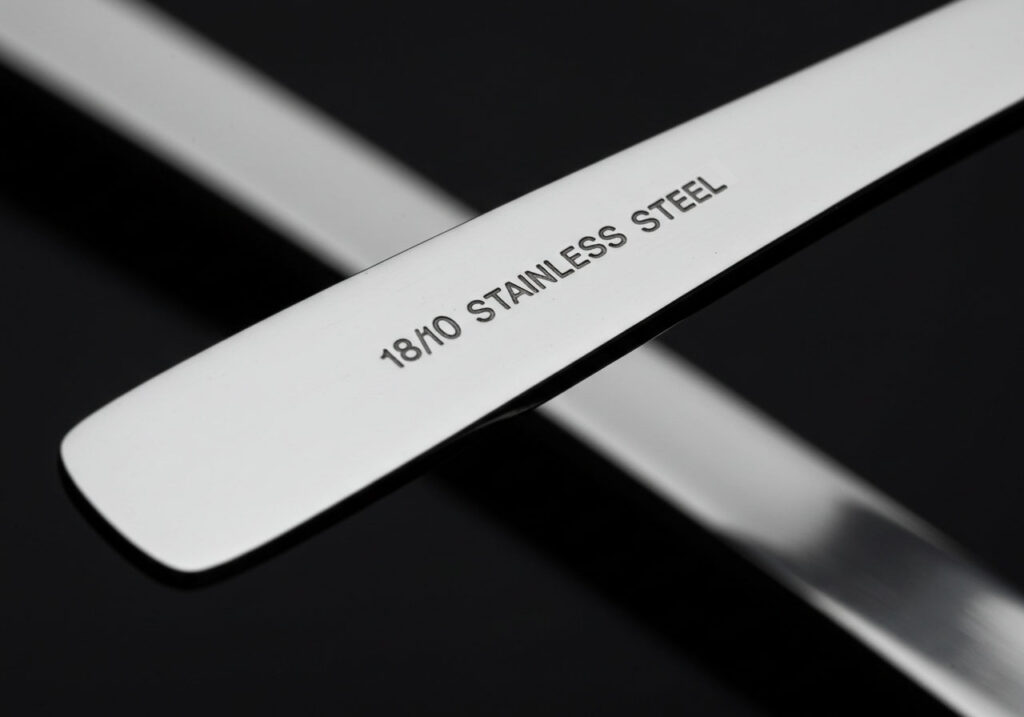
These numbers are the most important indicator of quality. It's the first thing a professional buyer like Jacky from a major US brand looks for in the specifications. Here is what they mean in simple terms.
- 18% Chromium: This is what makes steel "stainless." Chromium reacts with oxygen to form a thin, invisible protective layer on the surface. This layer prevents rust and corrosion. Anything less than 18% is not suitable for a humid, demanding restaurant environment.
- 10% or 8% Nickel: This is the luxury ingredient. Nickel is an expensive metal that adds significant benefits. It provides the best possible defense against corrosion from the salts and acids found in food. It also gives the flatware a beautiful, silver-like luster and a warmer, softer feel compared to steel without nickel.
For high-volume operations on a tight budget, like a fast-casual chain, they might use 18/0 stainless steel. It contains no nickel. It's durable enough, but it lacks the brilliant shine and will show wear sooner. For any establishment that considers itself premium or luxury, 18/10 is the only acceptable standard. It is a long-term investment in quality.
How thick should flatware be for restaurant or hotel use?
Choosing flatware thickness feels like a guess. Too thin, and it bends easily. Too thick, and it feels clumsy. You need that perfect balance for a luxury guest experience.
For high-end restaurants and hotels, flatware gauge (thickness) should be at least 3.0mm. Luxury lines often reach 4.0mm to 6.0mm for key pieces like the dinner knife. This thickness provides durability and a substantial, quality weight.
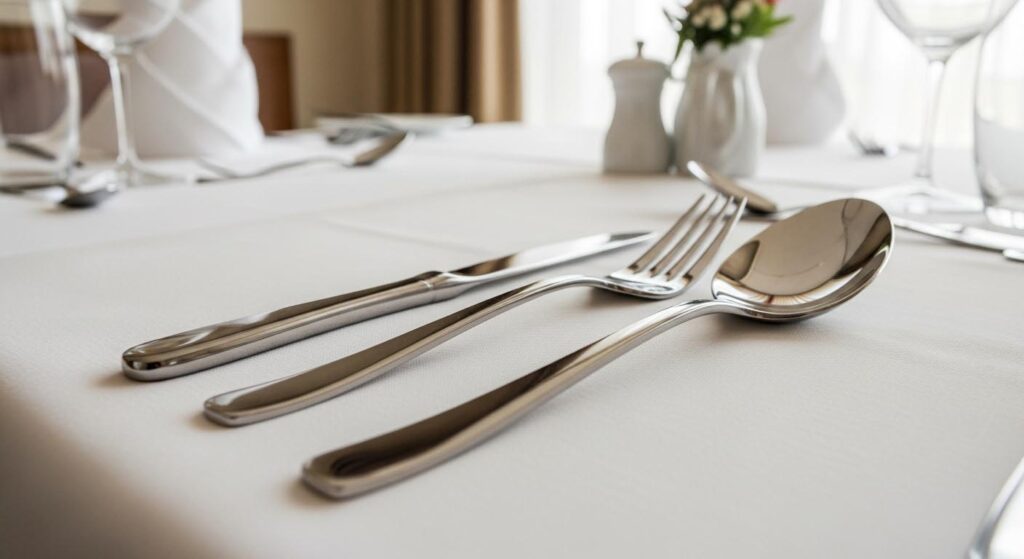
Thickness, or gauge, is about much more than just not bending. It's a core part of the tactile experience trend. A heavier piece feels more valuable and substantial. When a guest picks up a knife with real heft, it sends a powerful, subconscious message about the quality of the entire dining experience. For luxury hospitality, this is not a small detail; it is fundamental. From a practical standpoint, durability is key. Flatware with a gauge under 3.0mm will bend in a commercial environment. It happens in the wash cycle, when staff scoop hard ice cream, or when clearing tables in a hurry. Bent flatware looks terrible and is a constant operational expense to replace. In my work with five-star hotels, we often start the conversation at a 4.0mm gauge for forks and spoons. For knives, the handle can be much thicker, from 5.0mm up to 8.0mm or more for some designs. Intelligent design ensures that this weight is perfectly balanced, so the utensil feels solid but not clumsy.
What are the cutlery settings for restaurants?
Setting a table seems simple, until you face all the options. A basic setting looks incomplete, while a full formal setting can feel intimidating for modern dining.
Restaurants adapt cutlery settings to their service style. A basic setting includes a fork and knife. A formal setting adds soup spoons and dessert utensils. Many modern restaurants now use curated, minimal settings reflecting a more relaxed dining approach.
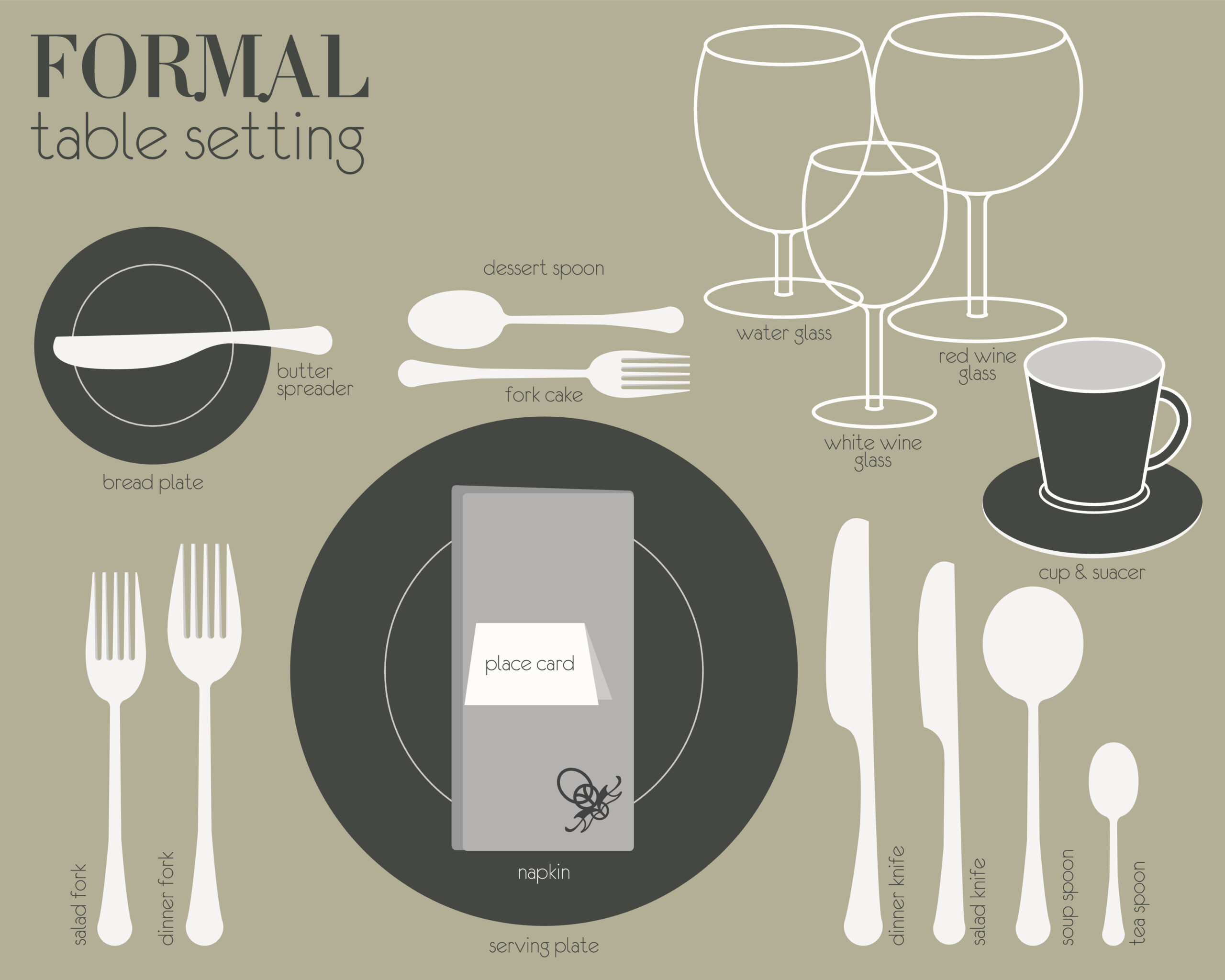
The rigid, traditional formal setting with five or more pieces laid out is becoming less common, even in luxury spaces. The trend is moving towards a more a la carte, functional approach that is both elegant and practical. Instead of cluttering the table with utensils the guest may not use, top restaurants are simplifying the initial setting. A guest might sit down to just a beautiful dinner knife and fork. Then, when a specific course is served, the appropriate tool is brought with it. A sharp, custom steak knife arrives with the steak; a small, delicate spoon arrives with the amuse-bouche. This makes the service feel more interactive and thoughtful. It also reflects a shift in functionality. We are designing fewer pieces overall for a set, but making each piece more versatile. For instance, creating a perfectly balanced "dessert spoon" that is also large enough to be used for a soup course. This reduces a hotel's inventory and complexity while elevating the guest experience. It's about intelligent, adaptable design for modern dining habits.
Conclusion
Luxury hospitality flatware focuses on the guest experience. Trends favor heavy, tactile pieces, custom designs, and durable PVD finishes, reflecting a move toward intentional, high-quality, and functional elegance.
-
Explore this link to understand PVD coating's benefits and applications in design, enhancing aesthetics and durability. ↩
